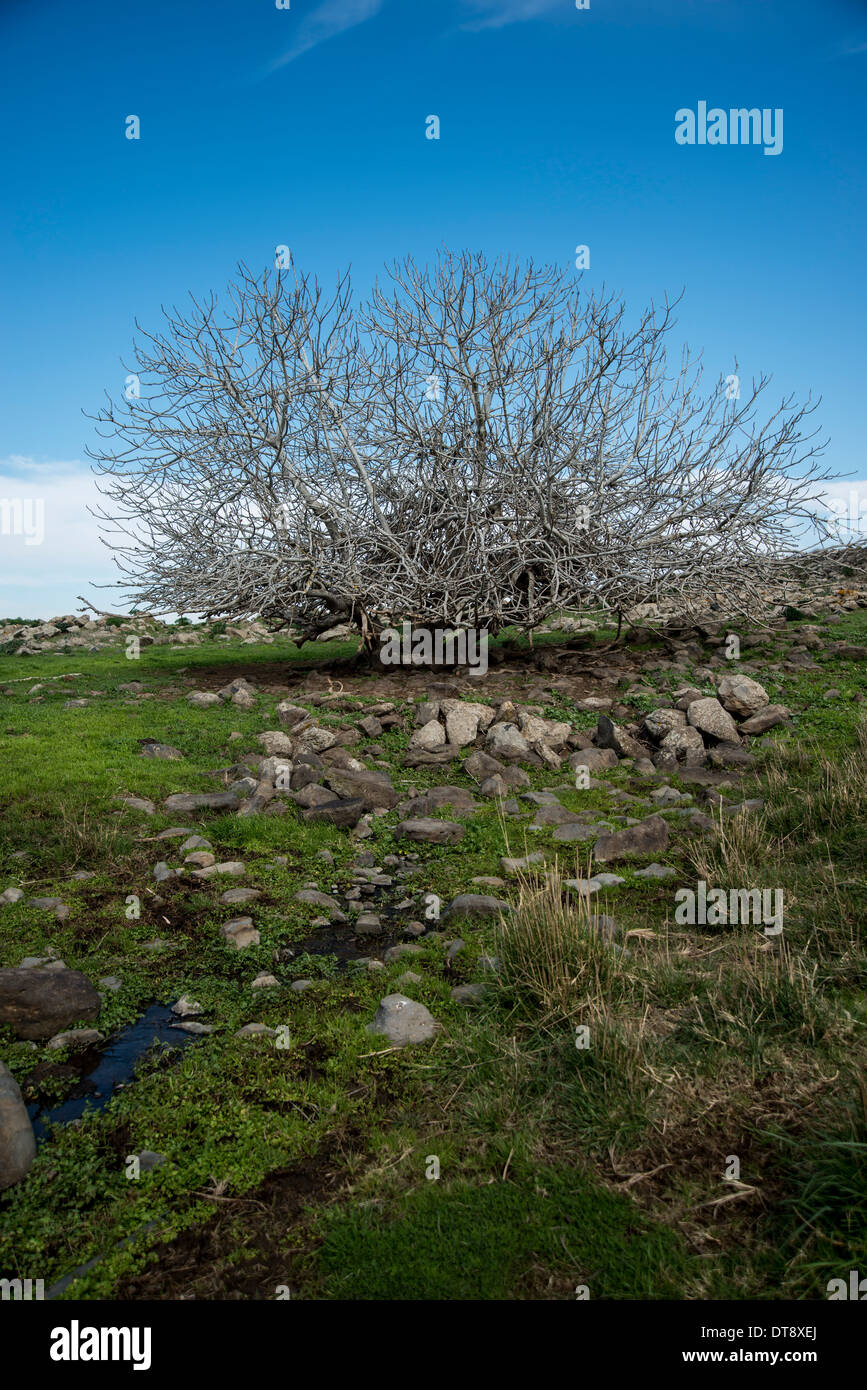

The stone circles stand for the earthen gods and fertility, with each circle representing a season of the year or a god responsible for that season. There were ceremonies and offerings done there: flowers, fruits and crystals. It is positive to man and was used to heal. The site will be seen on the left hand side.

Drive past an abandoned army bunker and continue straight. Drive the back road for a long time until you come to the place shown in Figure 2 and Figure 3.ģ. You go to Moshav Yonatan and go through the back gate (this gate closes sometimes, so have someone’s phone from the Moshav, to have it opened).Ģ. The first thing I asked myself was why would people do such a thing? Apparently it was a lot of work, handwork that is, for a long time and by a lot of people. Indeed, the place is impressive: the largest circle being over 150 m in diameter four circles altogether, composed of more than 42 thousand stones and in the center a big pile of stones ( Figure 1). Still I found nothing, even with a good map.įigure 1: Rujm-el-Hiri, seen from above (credit: Itamar Greenberg)įor my third attempt (September 2004), I enrolled the help of some of the people from Moshav Yonatan. So after a few hours, we gave up, having a long journey back to the Tel Aviv area. We looked and looked, but we could not find it. Having heard about Rujm-el-Hiri from a friend, as being one of the interesting places to visit in the Golan, I set out to look for this location, together with my son Tal. This article deals with the physical side of the energy originating from the earth, as well as the spiritual aspects of this ancient location. The articles written of this remote spot are numerous one only needs to query a search engine to find loads of data on this place.īeing a geobiologist, I approached this site with a different point of view: its energetic profile. Since its discovery in 1967, this location has been investigated, measured, excavated, searched by radar, and probably more. This place called “stone heap of the wildcat” in Arabic is referred to in Hebrew, as Gigal Rephaim (wheel of the giants). Near Moshav Yonathan, in the Golan Heights, there is a place which has been studied and photographed by many scholars and researchers. By Richard Benishai | Articles What is this all about?


 0 kommentar(er)
0 kommentar(er)
